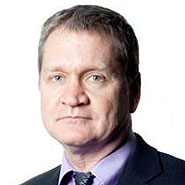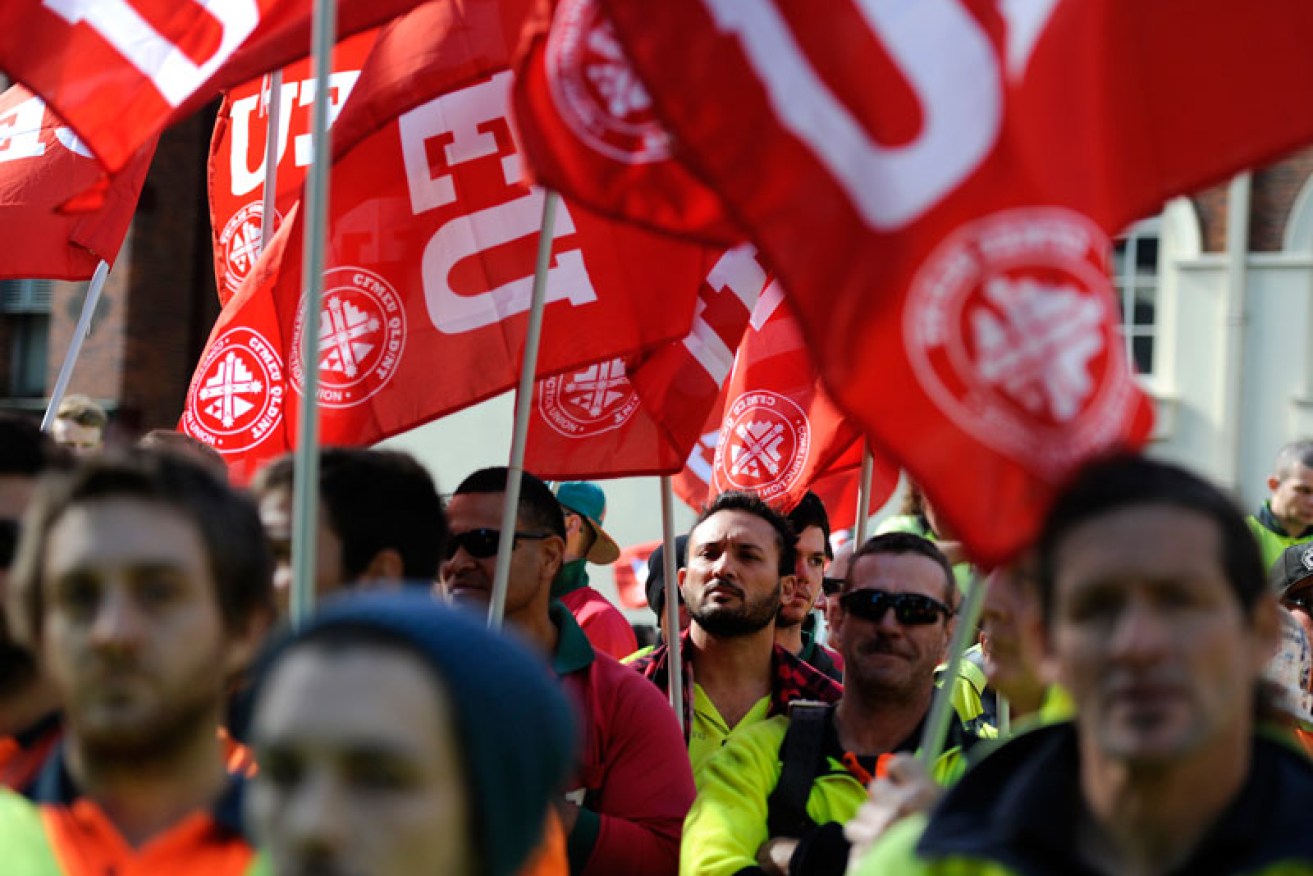Unions probe needs to deliver more answers


AAP
The final report of the Royal Commission into Trade Union Governance and Corruption runs to great length – some six volumes – but still leaves the impression of not quite nailing things down.
At one level, Commissioner Dyson Heydon argues the findings are clear-cut.
“There is little that is controversial about the underlying facts,” he writes in the report’s introduction.
“Almost all of the underlying facts have been established by admissions to the Commission, incontrovertible documents, decisions of courts and tribunals or well-corroborated testimony.”
• Union crackdown might trigger early election
• Commission findings a ‘watershed’ moment: PM
• Royal commission calls in the cops
This sounds pretty solid – and was repeated afterwards by the Prime Minister, the Employment Minister and the Attorney-General.
But many of the findings are hotly contested – in some cases denied outright – and the report admits in the small print that its findings are, in fact, opinions backed by evidence.

Commissioner Dyson Heydon’s report referred to “widespread and deep-seated” misconduct by union officials.
Mr Heydon, a former High Court judge, says the inquiry uncovered misconduct among a wide variety of unions and industries, but then notes that it was not universal and “may not even be typical”.
Nevertheless, the report asserts that “it is clear that in many parts of the world constituted by Australian trade union officials, there is room for louts, thugs, bullies, thieves, perjurers, those who threaten violence, errant fiduciaries and organisers of boycotts”.
“It would be utterly naïve to think that what has been uncovered is anything other than the small tip of an enormous iceberg.”
Now, this inquiry cost at least $45 million (although Labor and the unions say the final cost will be far higher). It called more than 500 witnesses in 189 hearing days, gathered millions of documents and was backed up by a 50-plus police task force.
After almost two years, it has referred 48 alleged criminal matters to prosecutors and some 43 civil matters. Is that the tip or the iceberg? I was hoping the final report would tell me.
My concern is that I want to see better disclosure from all sides of politics – not just the unions and the ALP.

Malcolm Turnbull announces the findings of the commission, flanked by George Brandis and Michaelia Cash. Photo: AAP
For example, the former director of the Victorian Liberal Party, Damian Mantach, has been charged with siphoning off about $1.5 million from the party. And the federal Liberal Party gets millions of dollars from the mysterious Canberra-based Greenfields Foundation.
Some of the case studies considered by the Heydon royal commission were already known, including rorting by former Health Services Union leaders like Michael Williamson (who is in jail) and former Federal MP Craig Thomson.
Similarly, legal proceedings were already underway against the Victorian CFMEU, which saw it penalised millions of dollars over the tactics employed against Grocon and Boral.
It’s true that the inquiry turned up evidence of further personal rorting by some union leaders, but the most damaging case study was probably that involving the Australian Workers’ Union and an employer called Cleanevent.
Low-paid cleaners allegedly lost between $1 million to $2 million a year in penalties due to a “side deal” whereby the company paid the union $25,000 a year for staying on a date workplace agreement.

Kathy Jackson was referred to authorities to consider whether she has committed criminal offences. Photo: AAP
The Heydon inquiry was accused of going easy on another former HSU leader, Kathy Jackson, who was initially hailed as a whistleblower, but who was this year ordered by the Federal court to repay some $1.4 million to the union.
The final report gives Ms Jackson a blast, but sought to blunt the frequent criticism that it pursued a “case theory” and ignored other evidence that did not fit the narrative.
“There is nothing inappropriate about counsel assisting in a commission of inquiry having a theory of the case,” the report said.
“On the contrary, it is the duty of counsel assisting to have a theory of the case, if by that expression is meant a hypothesis or conception of where the evidence might lead.”
Maybe so, but the inquiry often considered evidence against unions without taking account of the bigger picture. Like workplace death and injury in the construction industry, or billions of dollars being lost in phoenix companies and other corporate rorts.
Mr Heydon showed a similarly narrow, legalistic mindset when he accepted the ill-fated invitation to speak to a Liberal Party fundraising dinner, and then did not appear to grasp why he was being criticised.
Back in 2003, I reported on how the Howard government talked up the many prosecutions that would flow from the confidential volume of the Cole royal commission into the construction industries. But none did.
We will see what happens with the Heydon royal commission.
Mark Skulley is a freelance journalist based in Melbourne. He was a reporter for The Australian Financial Review for almost 19 years, which included a decade covering national industrial relations and the world of work. View all of his columns here.








